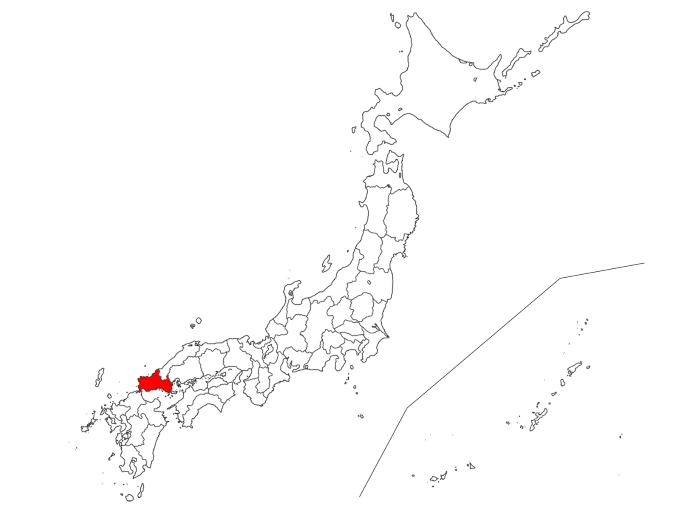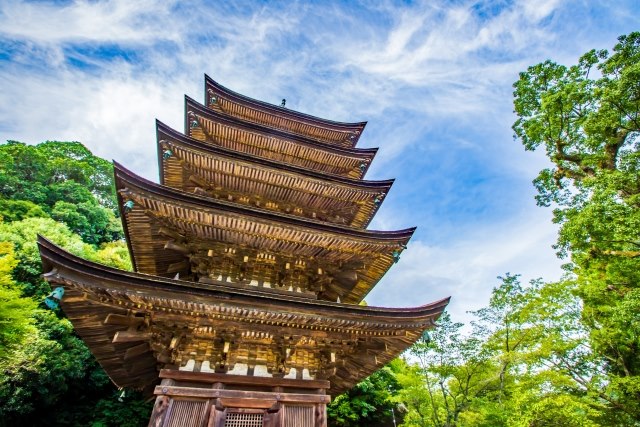Contents
1.Basic Information
As previously mentioned, Yamaguchi Prefecture is located at the westernmost tip of Honshu and was formerly known as the Choshu Domain. The region, with Shoukasonjuku at its core, has produced significant figures for the Meiji Restoration. It is also home to historical tourist spots like the Kintaikyo Bridge, Iwakuni Castle, Rurikouji Temple, Houhutenmangu Shrine, as well as popular natural scenic spots like the Tsunoshima Bridge, Kanmon Bridge, and the vast limestone caves of Akiyoshidai.
Kintaikyo Bridge (Kintaikyo)
Kintaikyo Bridge is one of Japan’s three famous bridges, with a beautiful five-arch wooden structure spanning approximately 200 meters in length and 5 meters in width. Constructed in 1673 during the early Edo period, the bridge was designed to resist being washed away by the Nishiki River. Despite being destroyed several times, it has been rebuilt each time, increasing its strength. The bridge is designed for easy walking, with the first arch being gentle and the middle three arches having a sharper curve. The bridge also showcases the beauty of each season, with cherry blossoms in spring, lush greenery in summer, and colorful autumn leaves.
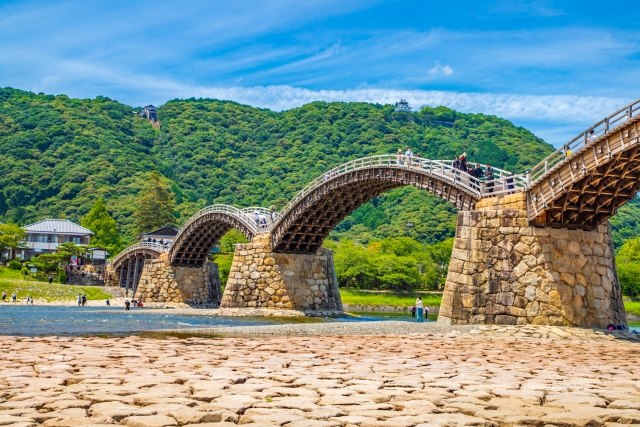
Iwakuni Castle (Iwakunijyo)
Iwakuni Castle was built in 1608 by the first lord of the Iwakuni domain, the Yoshikawa clan. The castle, originally a beautiful three-tiered four-story structure, was demolished seven years after its construction under the orders of the Edo shogunate. The current castle tower was beautifully rebuilt with white walls in 1962. From the top of the castle, one can enjoy a panoramic view of the Kintaikyo Bridge and the town of Iwakuni, as well as the islands of the Seto Inland Sea and Miyajima on clear days. The view of Iwakuni Castle from the Kintaikyo Bridge is also stunning, making it a popular photography spot.
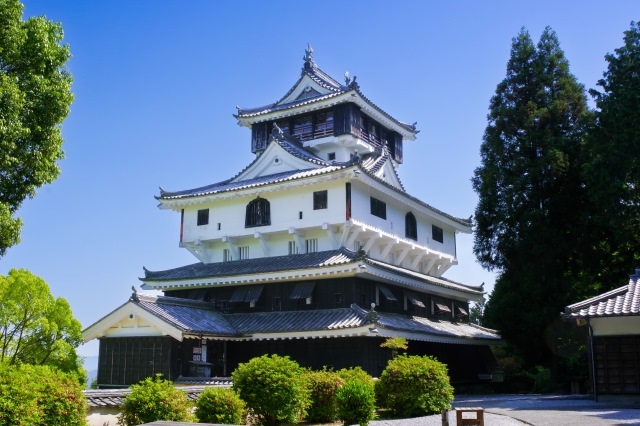
Rurikouji Temple’s Five-story Pagoda (Rurikouji)
The five-story pagoda of Rurikouji Temple, built around 1442 during the Muromachi period, is highly regarded alongside Kyoto’s Daigoji Temple and Nara’s Horyuji Temple. It is the tenth oldest outdoor pagoda in Japan, offering beautiful scenery with flowers and autumn leaves in each season. The pagoda is also illuminated at night, enhancing its charm from sunset to 22:00 all year round. Rurikouji Temple is also historically significant as a meeting place for samurai from the Satsuma and Choshu domains during the late Edo period.
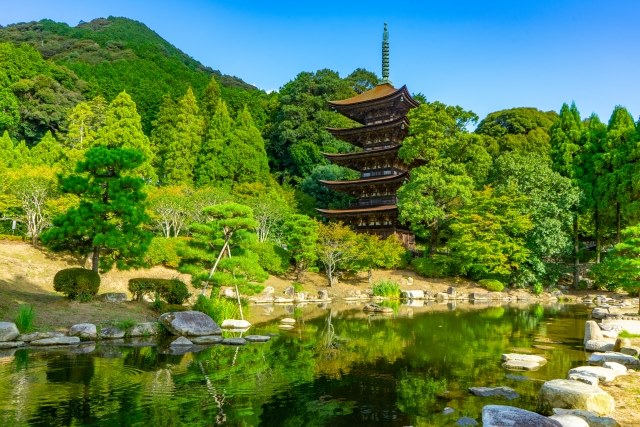
Houhutenmangu Shrine (Houhutenmangu)
Houhutenmangu Shrine, established in 904, is known as one of the most important Tenmangu shrines in Japan, alongside Kyoto’s Kitano Tenmangu and Fukuoka’s Dazaifu Tenmangu. The shrine is famous for fulfilling various wishes, especially for academic success and passing exams. Numerous events are held throughout the year, with the New Year’s first visit and the November festival being particularly famous. The shrine, founded by Sugawara no Michizane who loved plum trees, hosts a plum festival for about two weeks during the plum season, enjoyed by many visitors.
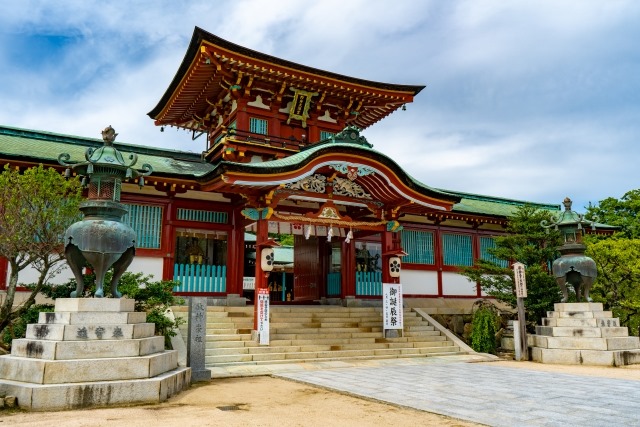
Shoukasonjuku
Located in Hagi City, Shoukasonjuku is a famous private school from the late Edo period, overseen by Yoshida Shoin. Started in 1842 by Shoin’s uncle and later led by Shoin himself at the age of 28 in 1857, the school significantly contributed to Japan’s modernization during the late Edo period. It produced many important figures, such as Takasugi Shinsaku, Ito Hirobumi, and Yamagata Aritomo. Shoukasonjuku accepted students regardless of class or status and was conducted in a small wooden single-story building. Shoin emphasized learning about life and values through study and debate. Students who studied here later played major roles in the Meiji Restoration. The original building still stands within the grounds of Shoin Shrine, and its exterior is open for public viewing. The interior exhibits photographs of Shoin and those associated with him. The school is a historically significant site in Japan.
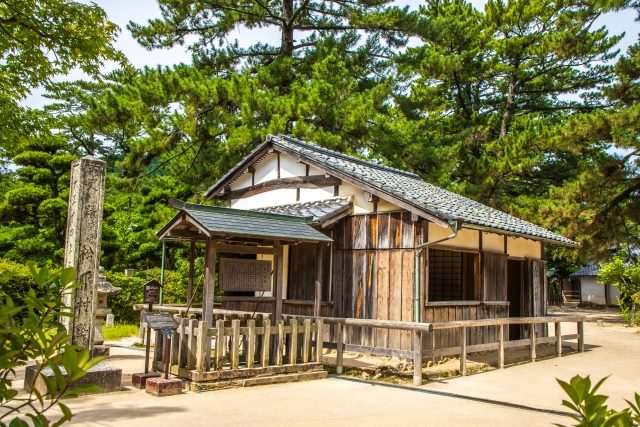
2.Reviews
Tsunoshima Bridge (Tunoshimaoohashi)
Tsunoshima, located in the northwest of Yamaguchi Prefecture, is known for its cobalt blue sea and white sandy beaches. The name of the island comes from the two capes on either end that resemble bull’s horns. Tsunoshima Bridge, popular as a TV commercial and filming location, offers resort-like scenery that has become famous as one of Japan’s top scenic spots on social media. The bridge, 1,780 meters long, is one of the longest toll-free general roads in Japan. It’s recommended to enjoy cycling or walking while admiring the blue sea. Especially on sunny summer days, the contrast of the sea’s blue, the road’s white, and the island’s green makes it an ideal photo spot.
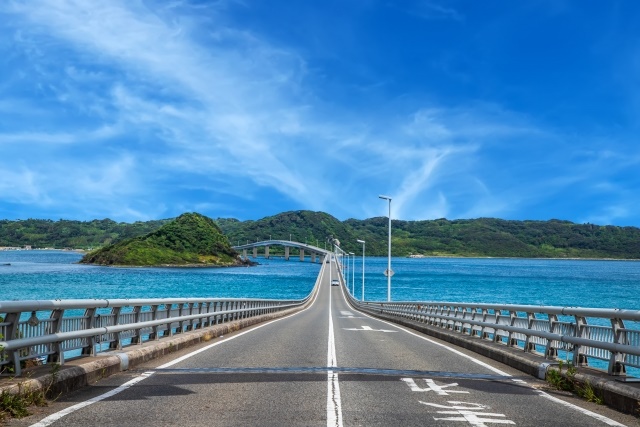
Kanmon Bridge
Spanning the Kanmon Strait, the Kanmon Bridge is a 1,068-meter-long suspension bridge connecting Yamaguchi Prefecture on Honshu to Fukuoka Prefecture on Kyushu. When it opened in 1973, it was the longest bridge in the Orient. Visitors can enjoy various views of the bridge, especially from the “Mekari Kancho Promenade” on the Kyushu side, where the bridge’s impressive structure can be fully appreciated. The bridge’s entire view of the Kanmon Strait can be seen from an observatory. At night, cruises pass under the illuminated bridge, offering a special view from the sea. While the Kanmon Bridge itself is a highway and cannot be crossed on foot, the “Mekari PA” on the Kyushu side is accessible by walking. The bridge is near the historic site of the Battle of Dannoura, allowing visitors to enjoy the bridge and historical location together. The Kanmon Bridge, with its beautiful scenery and historical background, is a must-visit destination.
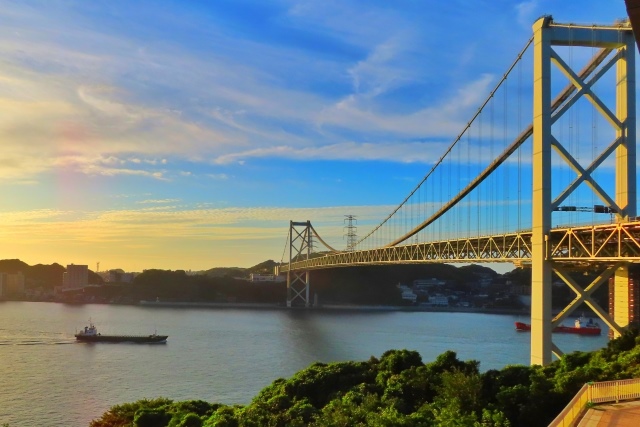
Akiyoshidai
Akiyoshidai is Japan’s largest karst plateau and one of the three major karsts in Japan. The vast grassland is dotted with white limestone, creating a landscape reminiscent of a flock of sheep. This terrain formed about 350 million years ago from coral reefs in the southern seas and has evolved over time. A karst plateau forms when rainwater and groundwater erode soluble limestone, resulting in numerous large limestone caves beneath Akiyoshidai. Among these, “Shuhoudo” (Akiyoshido Cave) is a particularly large cave, extending over 10 kilometers.
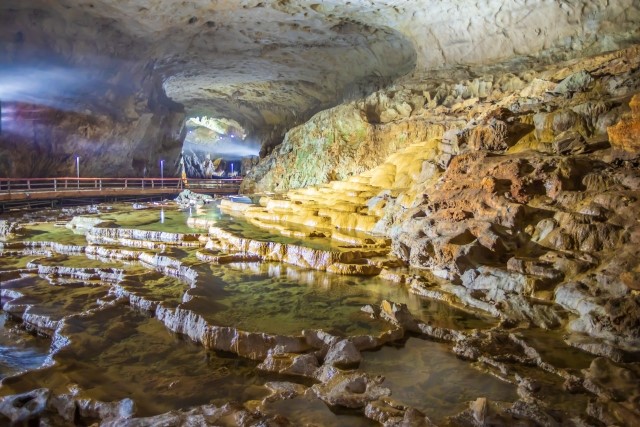
3.Local Food



4.Transportation Information
■ How to Get to Yamaguchi Prefecture
Yamaguchi Prefecture Tourism Federation Official Site (Available in English, Korean, Simplified Chinese, Traditional Chinese, and Thai)
https://yamaguchi-tourism.jp/
5.Map Information
